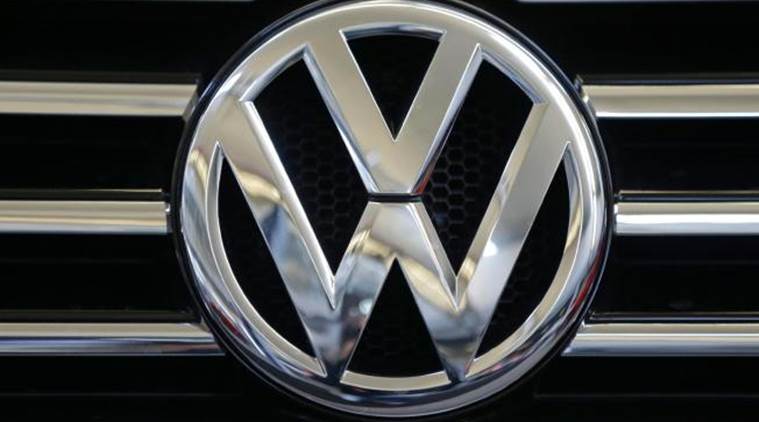 The Volkswagen ‘defeat device’ software controlling the engine came on when the vehicles were being tested for compliance with EPA standards
The Volkswagen ‘defeat device’ software controlling the engine came on when the vehicles were being tested for compliance with EPA standards
The ‘defeat device’ is a manipulated software, not a physical ‘device’. VW managed to circumvent the US Environmental Protection Agency’s (EPA’s) strict emission standards by programming the main software that controls the engine to ensure that it would operate with maximum anti-pollution controls only when the car was being tested. At all other times, including during normal driving, these controls were relaxed, which improved the performance and power delivery of the cars, while simultaneously reducing engine wear.
In a car, there is invariably a trade-off between pollution control and engine performance. If the carmaker were to focus excessively on lowering emissions, mileage would go up as the fuel is burnt completely, but power delivery would likely suffer. Also, while an engine running at a hotter temperature would likely lower emissions, its life would be reduced.

[related-post]
Typically, diesel engines have higher compression ratios than petrol engines, and hence do not require spark plugs or distributors to ignite the fuel. Because diesel is less refined and more energy-dense, these engines convert heat into energy more efficiently, and give up to 30% better mileage than petrol vehicles. But the biggest challenge for makers of diesel cars is to control emissions of nitrogen oxides. Most automakers use pollution control systems that inject a derivative of urea into the exhaust-cleaning process. On account of the incremental equipment and process needed to declog their exhaust systems, diesel cars are more expensive than petrol variants.
The VW ‘defeat device’ software controlling the engine came on when the vehicles were being tested for compliance with EPA standards, and went off during normal driving to allow maximum engine performance. According to the EPA, the algorithm used information about how the car was being steered, how long the engine ran, and atmospheric pressure to “precisely track” the conditions that corresponded to a federal emissions test.
Bosch, the German car ancillary firm, supplies vital engine components to most VW cars. But it is VW that wrote the programme codes for the software that operationalised the equipment. According to the EPA, the software ran the engine with “dyno calibration” settings designed to lower pollution when it detected testing in progress, while running on “road calibration” for the rest of the time.
The EPA’s Federal Register defines a ‘defeat device’ as “a type of AECD [auxiliary emission control device] that reduces the effectiveness of vehicle emission controls in situations when such reduction in effectiveness is not approved or permitted by EPA”. In 1995, the EPA fined General Motors $11 million for turning off carbon monoxide controls when the air conditioning was on.

 The Volkswagen ‘defeat device’ software controlling the engine came on when the vehicles were being tested for compliance with EPA standards
The Volkswagen ‘defeat device’ software controlling the engine came on when the vehicles were being tested for compliance with EPA standards





































